Jan
29
2014
Looking God in the Eye

The history of mankind is one of good gifts turned into idols. Blessings abused become curses in the hands of those who won’t look God in the eye.
For those of us who know the Bible, the idolatries become more subtle. This was the case for the Pharisees. The exile had purified Israel of old-school idolatry, so she invented a new school: an elitism bound by an Abrahamic heritage and energized by the abuse of Moses and the Law as a means of salvation: heritage instead of faith; obligation instead of salvation. The good things given as gifts once again became the gods.
Continue reading
2 comments | tags: Baptism, Communion, Covenant Theology, Federal Vision | posted in Biblical Theology, Christian Life, The Last Days
Jan
16
2014
or Baptism into Baal

Then you shall say to Pharaoh,
‘Thus says the Lord,
Israel is my firstborn son,
and I say to you,
“Let my son go that he may serve me.”
If you refuse to let him go,
behold,
I will kill your firstborn son.’”
(Exodus 4:22)
My Federal Vision friends believe baptism is an important subject, from both theological and pastoral points of view. I agree, but for me it is also an issue of aesthetics. The Bible has a wonderfully consistent internal logic, and paedobaptism crunches the gears at every turn.
Peter Leithart just posted something concerning baptism, and it’s worth answering, not only “because somebody on the internet is wrong,” but also because it is an issue I’ve just finished dealing with in The Shape of Galatians. It should be noted that Trinity House is hosting some lectures on sacraments by a baptist, so Dr Leithart and his colleagues have a spirit that should be imitated by theologians everywhere. My own posts here are always bait in the hope of a bite, a friendly disputatio, so don’t take them the wrong way. If a friend has soup on his tie, or wax in his ear, or a fertility rite in his sacrament, what sort of friend isn’t going to point it out!?
Continue reading
4 comments | tags: Abel, Abraham, Baptism, Cain, Federal Vision, Galatians, Genesis, Numbers, Paul, Peter Leithart, Romans, The Shape of Galatians | posted in Bible Matrix, Biblical Theology, Quotes
Jan
7
2014

For God, who said, “Let light shine out of darkness,” has shone in our hearts to give the light of the knowledge of the glory of God in the face of Jesus Christ. (2 Corinthians 4:6).
This post has been slain and resurrected for inclusion in my 2015 book of essays, Inquietude.
Continue reading
Comments Off | tags: David, Doug Wilson, Revelation, Tabernacle | posted in Biblical Theology, Quotes
Jan
5
2014
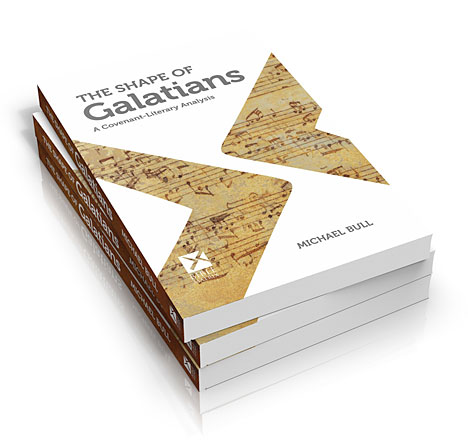
Here’s a new book based on the recent series of blog posts on the structure of Galatians. They’ve been worked over thoroughly, with a fair amount of helpful material (introduction, appendixes and some diagrams) added. Find out what Paul meant by “large letters” written with his own hand, how he subtly refers to the Levitical offerings, and why he structured the epistle like a ziggurat.
Continue reading
3 comments | tags: Galatians, The Shape of Galatians | posted in Bible Matrix, Biblical Theology
Dec
27
2013
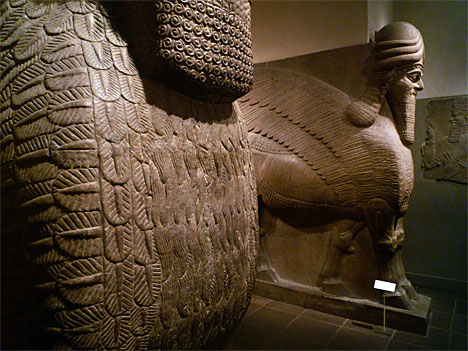
Now after Jesus was born in Bethlehem of Judea in the days of Herod the king, behold, wise men from the east came to Jerusalem, saying, “Where is he who has been born king of the Jews? For we saw his star when it rose and have come to worship him.” When Herod the king heard this, he was troubled, and all Jerusalem with him… (Matthew 2:1-2)
An atheist recently declared to me that a cumulative reading of the Bible makes no sense, since the Bible is not a single book but an anthology. I agree, but this “anthology” is indeed a single work because it was compiled by God. Without that foundation, the significance of much of its detail appears redundant. A good example is the wise men from the east in Matthew 2.
Continue reading
2 comments | tags: AD70, Christmas, Daniel, Herod, James Jordan, Matthew, Nebuchadnezzar, Revelation | posted in Biblical Theology, The Last Days
Dec
22
2013
Comments Off | tags: Christmas | posted in Biblical Theology
Dec
20
2013
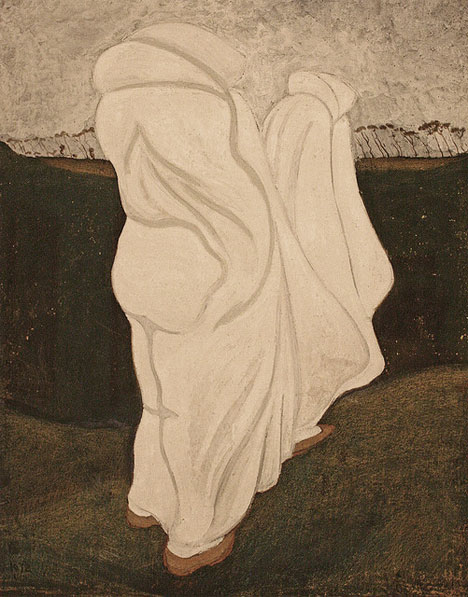
God loves His architecture. The first chapter of the Bible is architecture. The books of Moses and the book of Revelation are filled with architecture, and the same floorplan underlies every book in between. Most Christians don’t understand the Bible’s architecture and modern Christians not only do not understand it, they do not care for it. But God loves His architecture. To love the Bible one must love its architecture. To understand the Bible, one must let the architecture inform one’s understanding.
Continue reading
Comments Off | tags: Abel, Baptism, Cain, Circumcision, Covenant curse, Covenant Theology, Genesis, High Priest, Numbers, Peter Leithart | posted in Biblical Theology, Quotes
Dec
16
2013
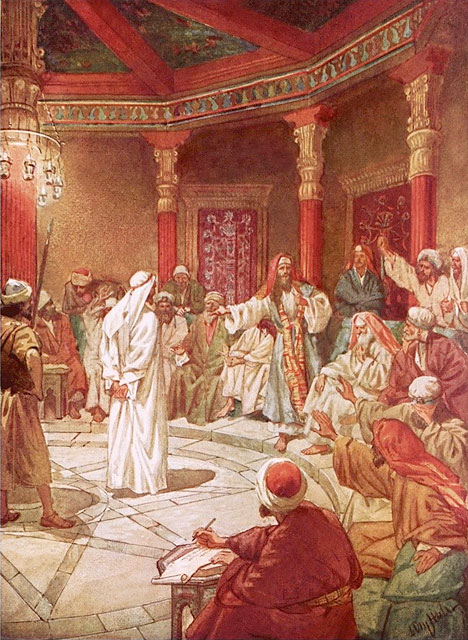
“Sanctions corresponds to the Day of Atonement. One goat goes to heaven (as fragrant smoke) and the other goes to hell, carrying the sins of the people into the wilderness, to be eaten by the birds and beasts. The difference here is that we have not two goats, but two High Priests…”
Matthew 26-27: SANCTIONS
The fourth major cycle moves us from the Covenant Ethics to the Covenant Sanctions. This concerns the pouring out of blessings and curses for obedience or disobedience to the Covenant, and the cleansing of the Land from the guilt of sin and the ensuing barrenness.
Aligning this pattern with its corrupted prototype in Eden, the “war of words” between Adam (Jesus) and the serpent (the Jewish rulers) is over, and it is time for some face to face combat, and a reckoning.
Continue reading
Comments Off | tags: Feasts, Fractals, High Priest, Literary Structure, Matthew, Peter | posted in Bible Matrix, Biblical Theology
Dec
11
2013

“Titus was the only individual in history that could be said to have fulfilled Jesus’ prophecies concerning the Son of Man.” – Joseph Atwill
“But whenever they persecute you in this city, flee to the next; for truly I say to you, you shall not finish going through the cities of Israel, until the Son of Man comes.” (Matthew 10:17-23)
Joseph Atwill is a biblical scholar who believes that the Gospels were a satirical invention of the Romans for the purpose of pacifying the Jews. This sounds harebrained, but as I have written elsewhere (see Jesus’ Caesars), he does have a gut sense of the way the Scriptures speak. He has observed that the conquest of Judea by Titus follows a similar route to the one traced by Jesus in the Gospels one generation earlier. Atwill’s conclusion is back-to-front, but his observation remains profound. If Judea would not accept the true King of the Jews, she would be “ministered to” by a Prince of the Gentiles. Jesus’ ministry ended with the tearing of the Temple Veil. Titus’ campaign ended with the destruction of the entire Temple.
“What time Ierusalem that Cittie faire,
Was sieg’d and sackt by great Vespatians heire”
(Thomas Dekker, Canaans Calamitie, Ierusalems Misery)
What follows is an excerpt from Atwill’s book, Caesar’s Messiah, which includes the kind of chart you might be used to finding around here.
* * * * * * *
Continue reading
2 comments | tags: AD70, Josephus | posted in Biblical Theology, Quotes, The Last Days
Dec
9
2013
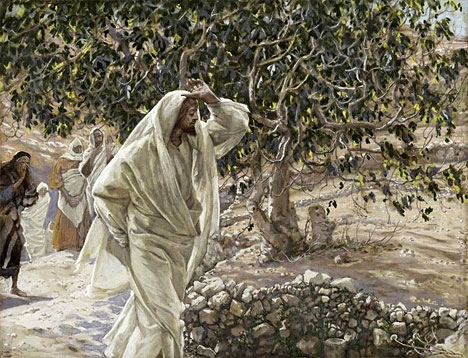
“A stone would be rejected by builders because it was ‘unhewn,’ like an Altar stone. But priestly submission was the only possible foundation for the perfectly chiseled stones of Israel’s temples, including the one still taking shape as Jesus spoke these words.”
Matthew 16-25: ETHICS
The third cycle moves us from the “Exodus” of Jesus and His ministry to the threshing of Israel under His new Law. His growing influence among the people (Hierarchy) brings Him into conflict with the authorities (Ethics).
Continue reading
1 comment | tags: Covenant curse, Covenant Theology, Literary Structure, Matthew | posted in Bible Matrix, Biblical Theology, The Last Days



































